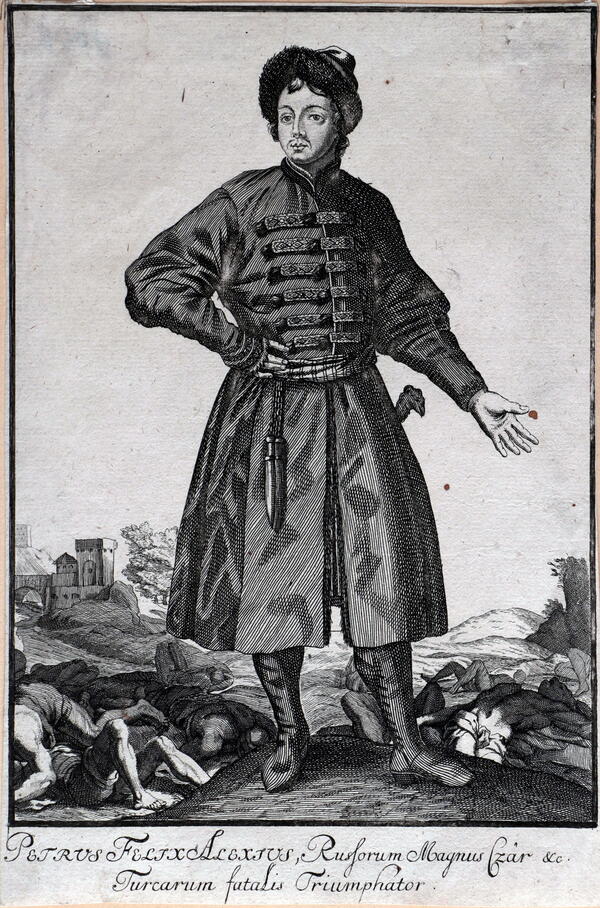During the Azov campaigns of 1695–1696, Peter I did not yet command the troops — he fought beside them as a bombardier Peter Alekseyev, son of Mikhail. The capture of the Azov fortress became a significant event in Russian history and was reflected in almost all areas of art, including engraving.
Advocating for the development of arts and sciences in his state, Peter the Great not only sent young people to study abroad, but also invited scientists, artisans, engineers, architects, and artists to Russia. They were entrusted with major orders and, more importantly, the training of Russian specialists. The development of the art of engraving during this period is also associated with the names of foreign masters and their Russian students.
One of the first foreign nationals in the Russian service to open their school was Adriaan Shkhoonebeek. A disciple and follower of the Amsterdam engraver Romeyn de Hooghe, he worked in the etching technique, was a master of mezzotint and left a rich creative legacy.
Unfortunately for art historians, many early works of Schoonebeek and his students remained unsigned, and are now difficult to identify.
The engraving on display comes
from the collection of the bibliophile, bibliographer, historian and
statistician Leonid Alekseyevich Voyeykov (1818–1886). It is marked “Rare”. A
note is attached to the bottom:



